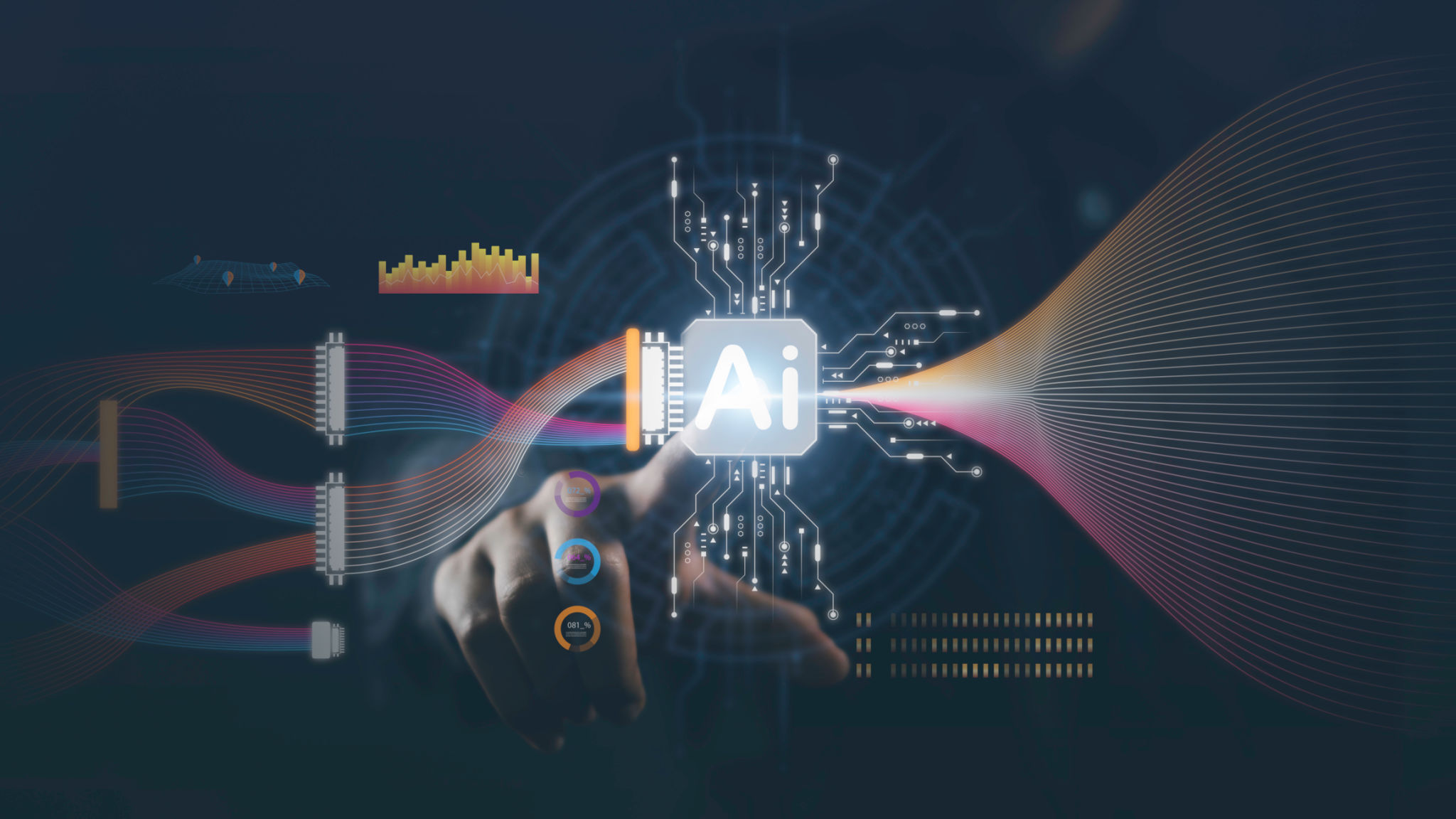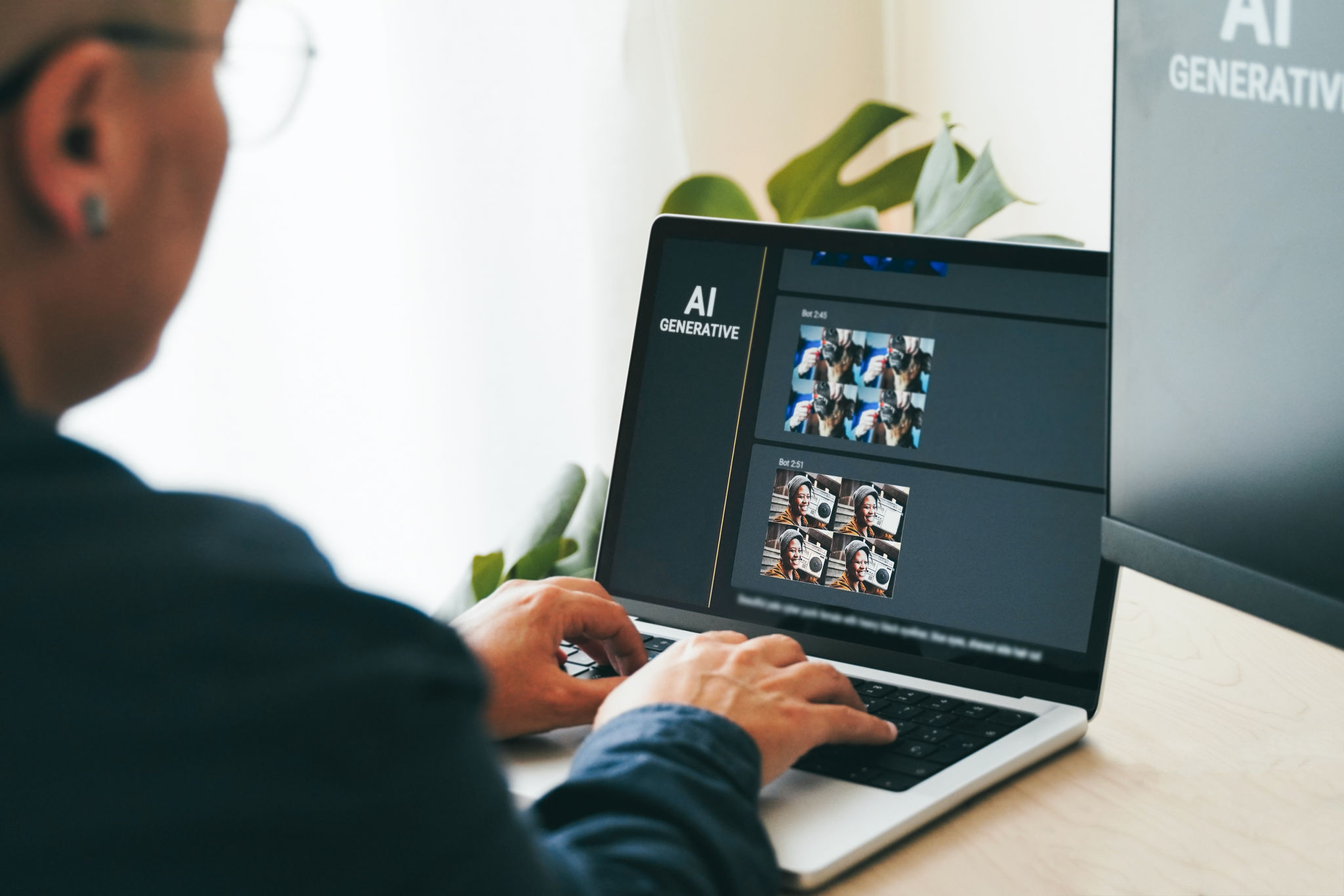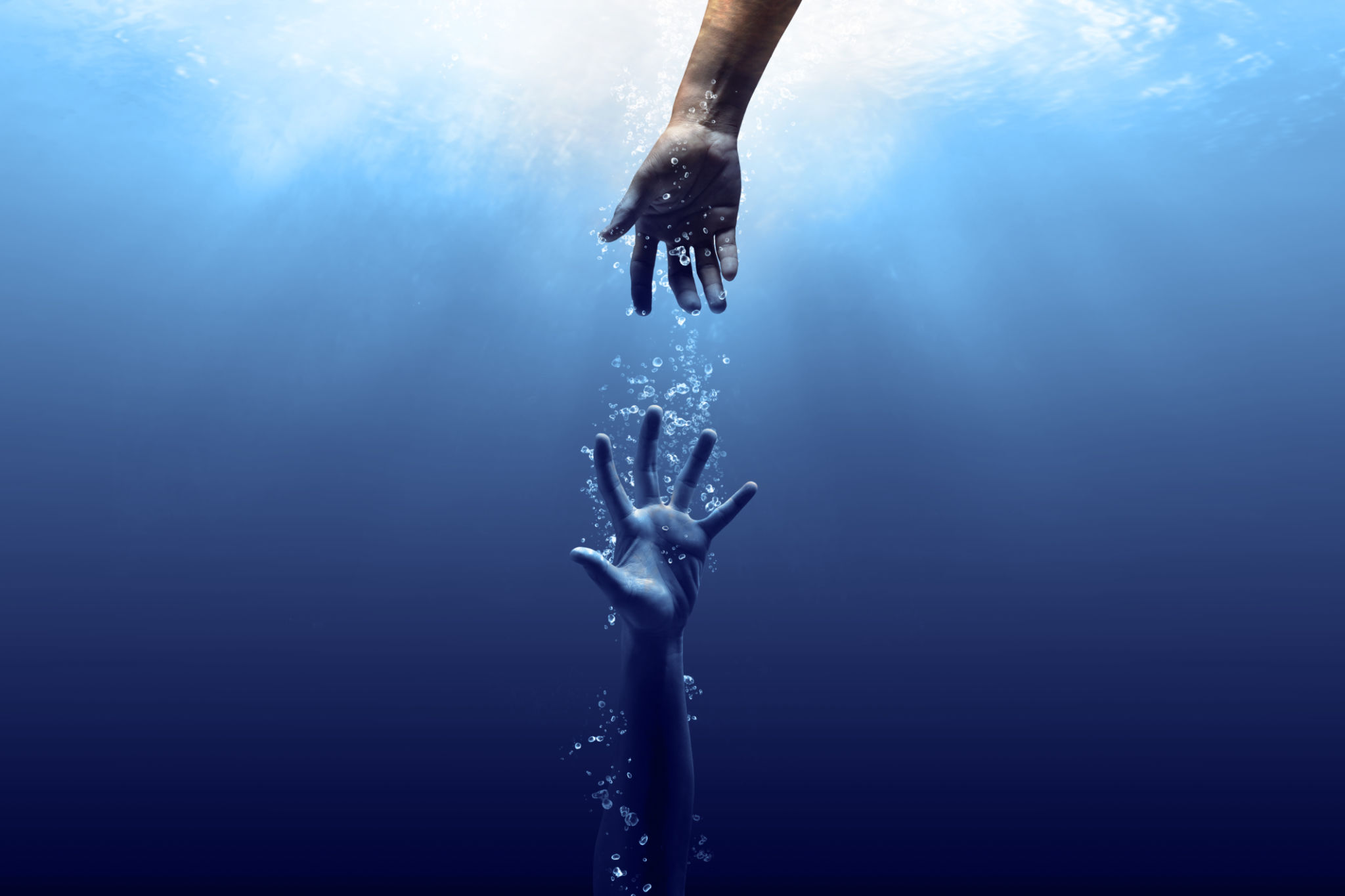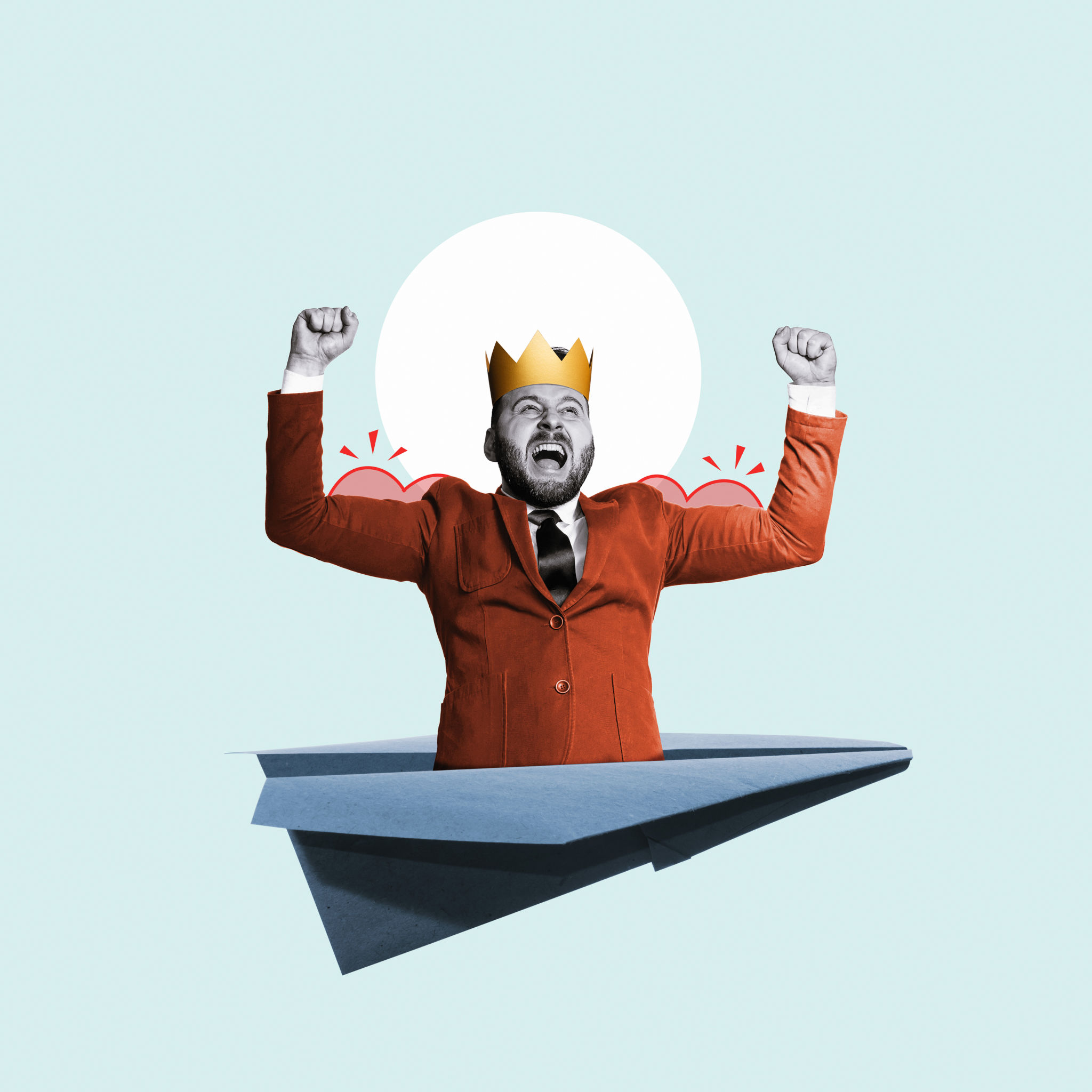The Truth Behind AI Image Generation
JM
The Truth Behind AI Image Generation: How It Works, Where It Fails, and What’s Next
AI image generation has exploded in popularity, with tools like DALL·E, Midjourney, Stable Diffusion, and Adobe Firefly capturing the attention of designers, marketers, developers, and everyday users. At the center of this revolution is the promise of turning words into images with little to no effort. But how does this technology actually work? Why do outputs sometimes fall short—especially when dealing with text or details? And what’s coming next in this field?
At Dev Cabin Technologies, we’ve tested nearly every major AI art engine and understand both the technical workings and business implications of these models. This blog will dive deep into:
- How current-generation AI image models like DALL·E work
- Their limitations (and why they happen)
- What the next generation of AI image models may look like
- Practical workarounds when these tools aren’t enough

How AI Image Generation Works (In Simple but Accurate Terms)
The Foundation: Diffusion Models
Most state-of-the-art image generation tools—including DALL·E 2, Stable Diffusion, and Midjourney—rely on Diffusion Models. These models work by starting with random noise and gradually refining it based on a text prompt until a coherent image forms.
Think of it as a reverse noise filter:
- The model starts with a meaningless static image (pure noise).
- It applies millions of tiny adjustments guided by the meaning of the prompt.
- After multiple iterations, an image emerges that “matches” what the model thinks you asked for.
The Role of Training Data
These models are trained on billions of images paired with text descriptions scraped from the internet. This process teaches the model relationships between words and visual patterns.
For example:
- The word “dog” gets associated with various dog images.
- The word “sunset” gets associated with scenes showing orange and purple skies.
However, these models don’t “understand” the world like humans do. They generate statistical best guesses based on their training data.

Why AI Struggles with Words, Logos, and Specific Layouts
1. Pixel-Based, Not Vector-Based
Models like DALL·E are pixel generators. They don’t output real, editable text or vector shapes. This is why words often come out distorted or misspelled—they’re just blobs of pixels trying to look like letters.
2. No Real-Time Validation
There’s no step where the model “proofreads” its own work. Once it guesses what the word or shape looks like, it commits to it—right or wrong.
3. Repetition and Word Salad
When asking for “word clouds” or “lists,” models tend to repeat words or fill space with fake, non-sensical words. This happens because they don’t track what words they’ve already used. They simply fill visual space based on training patterns.
What the Next Generation Might Bring
1. Vector-Aware Models
Future models could be trained to generate vector-based output—clean, scalable, and editable designs. This would make them useful for branding, logos, typography, and product design.
2. Integrated Language and Design Models
Imagine combining GPT-4’s language understanding with image generation. This would allow models to:
- Validate spelling in images
- Ensure unique word placement
- Generate real, usable text within the artwork
3. Layered and Editable Outputs
We may soon see models that export layered PSDs, SVGs, or HTML/CSS layouts, allowing designers to adjust elements after generation instead of starting over.
4. User-Defined Constraints
Future tools could allow users to set rules like:
- No duplicate words
- Exact color palettes
- Specific layout grids
- Real font integration

What to Do When DALL·E or Other Models Fall Short
1. Use SVG or HTML Word Cloud Generators
For projects needing real text, use tools like:
- WordClouds.com
- MonkeyLearn Word Cloud Generator
- Custom SVG or HTML code (which we can build at Dev Cabin Technologies)
2. Combine AI with Human Design
Use AI to generate concept art or composition references, then recreate the final version in:
- Adobe Illustrator (for vector art)
- Figma (for UI layouts)
- Canva (for easy drag-and-drop design)
3. Leverage GPT-4 for Word Lists or Layout Planning
You can pair ChatGPT with your favorite design tool. For example:
- Generate an approved word list with GPT-4
- Manually place those words in a design tool
4. Explore API-Based Image Models with Fine-Tuning
Some platforms allow model fine-tuning. This lets businesses like yours upload your own dataset (like your brand’s terminology or style guide) so the model generates content that better fits your needs.
Examples include:
- Hugging Face Diffusers
- Stability AI’s API offerings
- OpenAI Fine-Tuning (if available for images in the future)

Why Human-AI Collaboration Is Still King
While AI image generators like DALL·E are jaw-dropping in what they can produce, they aren’t perfect—especially for professional or production-level work that demands accuracy, consistency, and brand alignment.
At Dev Cabin Technologies, we recommend:
- Using AI to spark creativity, not to finalize critical assets.
- Pairing AI with professional design tools when quality and precision matter.
- Looking ahead to hybrid models that combine language, vector graphics, and user-defined constraints.
If you need consultation or custom tooling to bridge these gaps in your business, reach out to us at[email protected] or visit devcabin.tech/contact.
Let’s build smarter, together.
